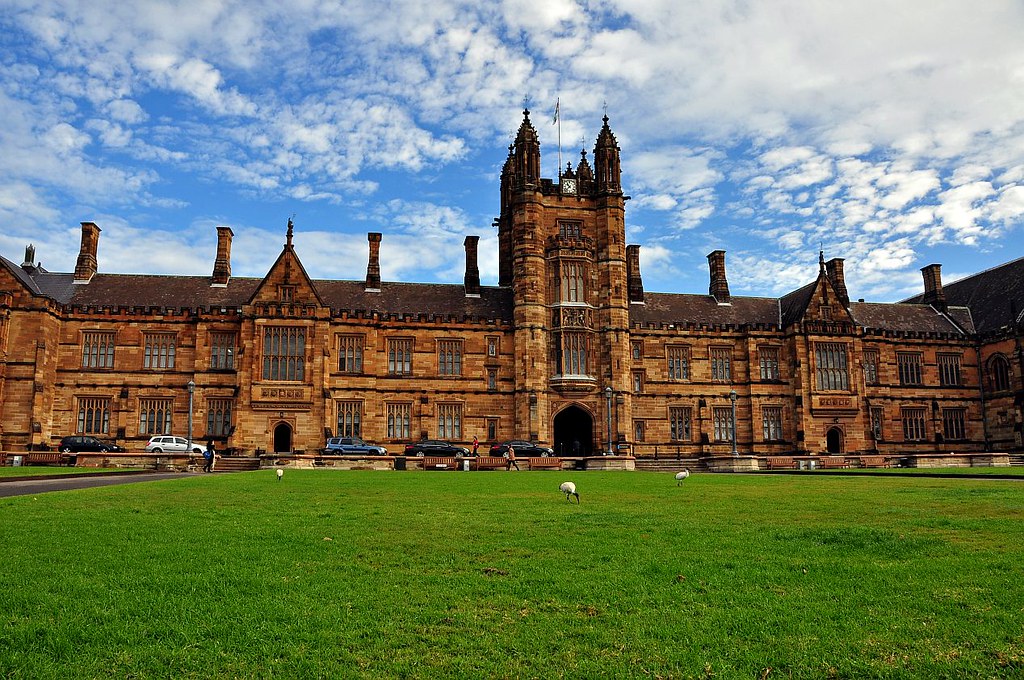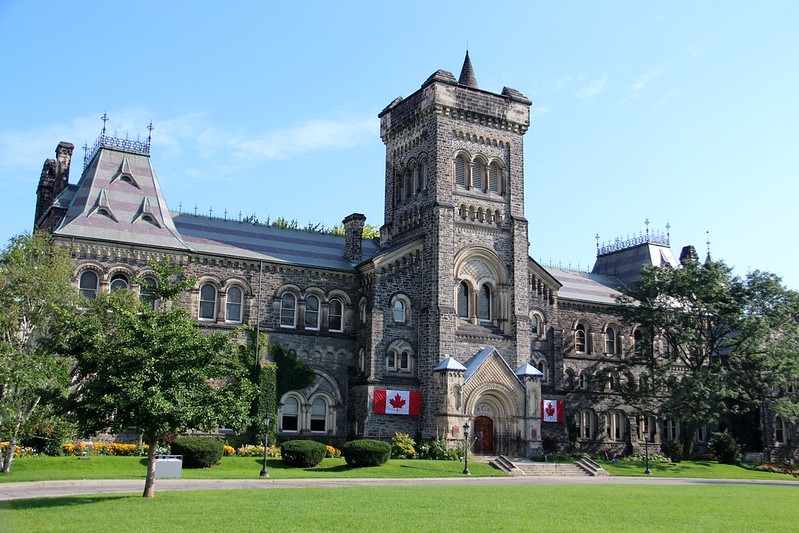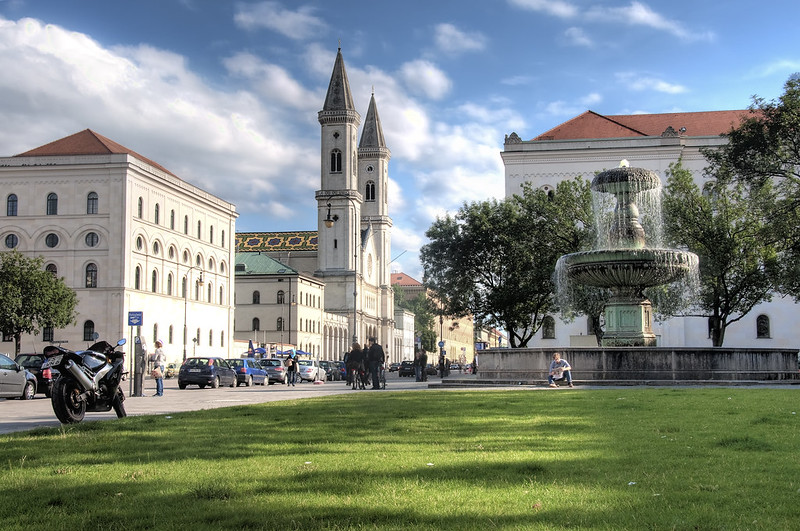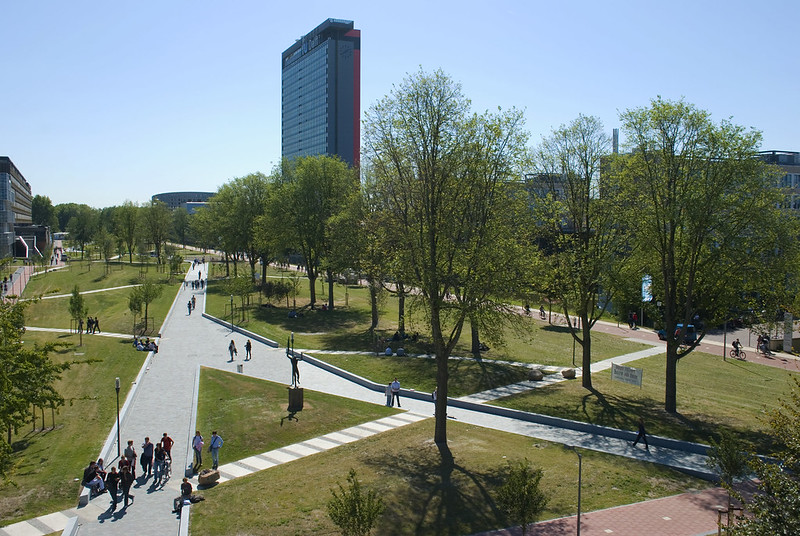
Choice is a double-edged sword … and like all important questions, the answer to “what is the right destination for undergraduate study” is…. It depends! On your budget, your goals, availability of family and other things.
Here is an overview of 8 leading destinations (in alphabetical order), the pros and cons of studying there, cost of education and ease of immigration. Because… studying abroad is about more than studying, it is about choosing a potential life in another country!

AUSTRALIA
Pros: Another English-speaking first-world country, Australia offers a highly egalitarian society with high income levels. While COVID saw Australia close its doors to immigrants and even those temporarily travelling out, post-COVID Australia has opened its doors to the world with easy immigration norms, attractive salaries and job opportunities across the board. A few world-class universities combined with breath-taking views, great weather the year round, work life balance and a sporty environment makes Australia a highly attractive study destination. An Australian passport also means access to jobs across commonwealth countries.
Cons: The distance from the rest of the world and a small population makes Australia a somewhat isolated country to live in. While racism is dying a low death, the “bamboo ceiling” in Australia often frustrates ambitious Asian-Americans aiming at top jobs and “white flight” – white students are pulled out of public schools with too many immigrants – also raises some fears.
Annual cost of attendance for undergraduate studies: INR 26 lacs to INR 30 lacs
Ease of immigration: High

CANADA
Pros: A highly cosmopolitan, largely English-speaking country with a socialist democratic government, Canada is consistently ranked among the top 5 best countries to live in. Canada is a welcoming country and offers easier PR and citizenship routes than most other first world countries. This, combined with its proximity to the US, world-class universities and a growing immigrant population makes Canada a very strong destination for international students.
Cons: Some cities in Canada are very, very cold and even highly populated ones like Toronto and Vancouver need you to get used to snowfall, wind chill and frequent rain. The economy is growing slowly and the rush of immigrants creates uncertainty on getting and sustaining jobs outside technology.
Annual cost of attendance for undergraduate studies: INR 17 lacs to INR 37 lacs
Ease of immigration: Medium to High

GERMANY
Pros: Free undergraduate education for international students in public universities – and highly affordable fees for private universities – combined with good economic growth translates into great growth opportunities in technical, medical and business fields. Several cosmopolitan cities like Berlin, Frankfurt, Munich and Cologne combined with a focus on work-life balance makes Germany highly attractive to students looking to settle in Europe.
Cons: One needs to learn German to survive happily even in Berlin – and like most of Europe, there is a marked difference in the cosmopolitan quality of society outside the big cities making it tougher to gel into it.
Annual cost of attendance for undergraduate studies: INR 14 lacs to INR 35 lacs
Ease of immigration: Medium to High

IRELAND
Pros: An English-speaking country and a technology hub, Ireland hosts the European headquarters of Google, Meta (Facebook), IBM, Dell, Pfizer, GSK and several other MNCs. This creates many jobs in tech and business. Affordable education, easy immigration norms and access to Eurozone on an Irish passport makes Ireland attractive to many international students.
Cons: Still growing, the cosmopolitan nature of the country is restrcitred to large cities like Dublin and Cork. There are fewer opportunities in creative fields, academic research and other areas outside technology and business. While Trinity College in Dublin is a world-class, highly ranked university, few others offer a degree highly valued outside Ireland itself.
Annual cost of attendance for undergraduate studies: INR 25 lacs to INR 27 lacs
Ease of immigration: High

NETHERLANDS
Pros: A happy country with great worklife balance, an excellent education system and beautiful landscapes makes Netherlands a great country to live and work in. The country offers post study work visa for undergraduate students and has easier permanent residency norms.
Cons: While Amsterdam, Rotterdam and The Hague are fairly cosmopolitan, in the long run, one needs to learn a foreign language to assimilate into society and in the culture, even here. Smaller cities can present a much more Dutch environment. While Netherlands has a growing economy, there may be few job opportunities outside hospitality, technology and finance.
Annual cost of attendance for undergraduate studies: INR 17 lacs to INR 25 lacs
Ease of immigration: Medium to High

SINGAPORE
Pros: The great quality of life and growth opportunities across industries speaks strongly to many Indians. Singapore boasts world-class universities and hosts regional headquarters of several large MNCs like Facebook, Twitter, LinkedIn, Microsoft, Apple, Pfitzer, General Electric and Walt Disney.
Cons: A highly competitive environment, the best Singapore universities are tough to get into and tougher still to survive in. The ease of getting PR and citizenship, too, has fallen drastically in the last few years. Add to that, the compulsory national (military) service requires all 18-year-old male citizens and PR holders to enlist for active duty as full-time national servicemen for a period of 2 years. While this is lauded by several citizens and employers, it does not always fit into everyone’s plan for life!
Annual cost of attendance for undergraduate studies: INR 25 lacs to INR 55 lacs
Ease of immigration: Low to Medium

UK
Pros: Oxbridge, UCL, St Andrews, Kings, LSE – these are probably some compelling reasons to study in the UK anyway. Add to that, highly cosmopolitan cities like London and Edinburgh attract students with interests across finance, media, medicine, design and technology.
Cons: The current economic crises, post-Brexit impact on businesses, high taxation and property prices make the high education costs a bit of a low value-for-money proposition.
Annual cost of attendance for undergraduate studies: INR 25 lacs to INR 40 lacs
Ease of immigration: Low to Medium

US
Pros: A thriving economy and a highly entrepreneurial culture offer growth opportunities for international students across areas like technology, business, design and media.
US universities cater to almost any education need – from top-ranked Ivy leagues to smaller, lower-ranked colleges that offer almost full tuition fee waiver, almost any student can find a foothold.
Cons: The long wait time towards green cards and citizenship is the primary drawback in the US and students may find themselves in the awkward position of needing to return to their home countries and reapply for the H1B after completing their initial 6-year stay on the same.
Annual cost of attendance for undergraduate studies: INR 25 lacs to INR 55 lacs
Ease of immigration: Low
Written by Richa Dwidedi Saklani, the article is first published in The Hindu

Richa Dwivedi Saklani is a certified coach from UCLA and is an accredited MBTI trainer who has worked with over 10,000 people across career planning and as a behavioral trainer in companies. She is the CEO & Founder of Inomi Learning and author of “The Ultimate Guide to 21st Century Careers”.

男 ラブドール あなたが崇拝人形で喜ぶであろう5つの驚くべきインサイダーの事実